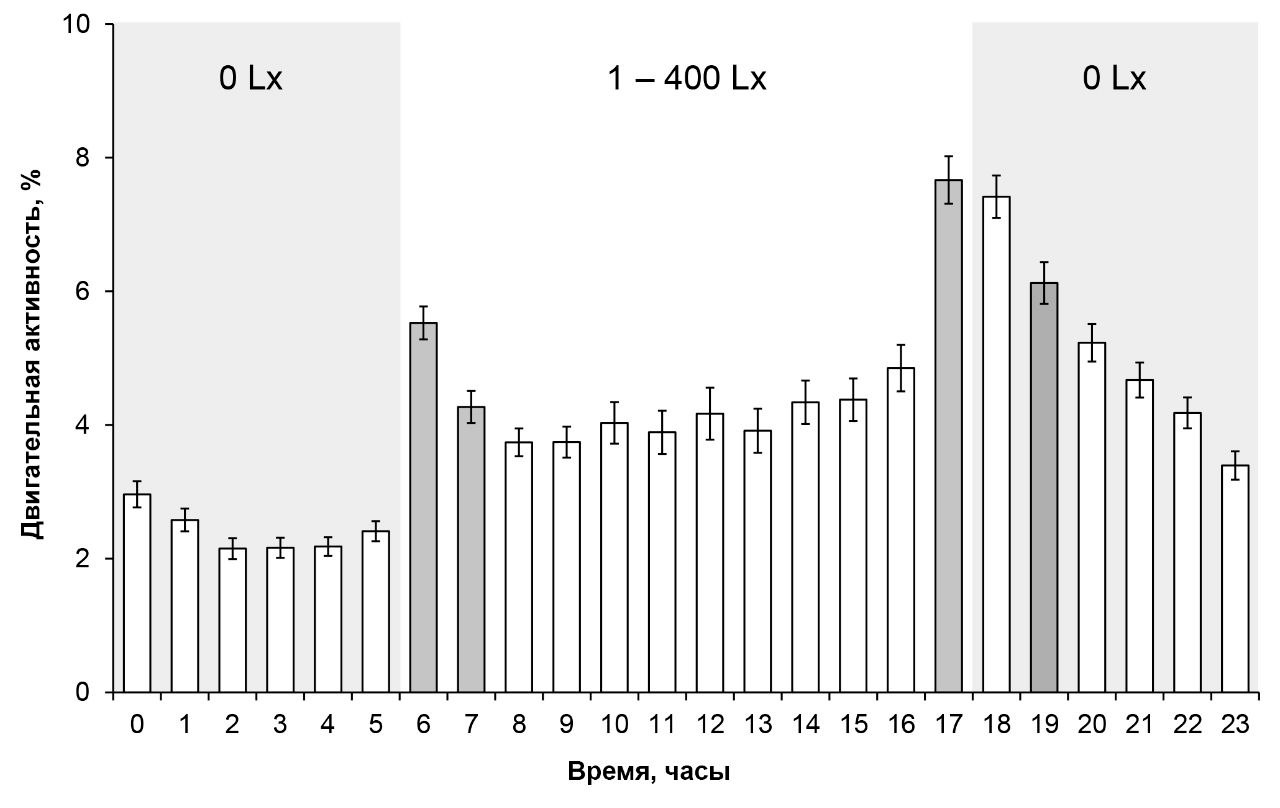
Currently, a wide range of software of varying degrees of complexity and economic availability is offered for recording the behavior of experimental animals. Not all of these programs and techniques are convenient for use due to the frequent lack of a graphical interface and general requirements for high quality video with contrasting objects being studied. As a result, a researcher trying to automate observations of experimental animals may encounter a number of problems: lack of necessary and expensive equipment to record changes in behavior; the need for advanced training in the use of specialized recording devices and software; the need to modify the experimental design to meet the requirements of the software (for example, increasing illumination), which could potentially in itself change the behavior of the animal, etc.
Employees of the A.N. Severtsov Institute of Ecology and Evolution RAS (Pavlov E.D., Ganzha E.V.) together with a Vietnamese colleague (Tran Duc Dien) developed a new method for non-invasive assessment of the motor activity of fish (LAAD, Locomotor Activity Auto Detection). The technique makes it possible to assess the biological rhythms of animals based on their movements over a long period of time (an hour, a day or more). LAAD includes an experimental design, a recording software module, and a data sequence aggregator (time series data sets). The software module, based on the open source Python code, is capable of simultaneously analyzing video files with an accuracy of more than 95%, the number and size of which are limited only by the capabilities of a personal computer for simultaneous processing of an array of video data. On a PC with average performance, the application is capable of processing 24-hour video files with a resolution of 480p, obtained from at least 10 experimental animals (>240 hours of video recordings per day), in one day. In this case, the discreteness of software analysis is less than one second.

The main differences between the original LAAD method and other software approaches are as follows:
- No strict requirements for video quality. You can use inexpensive video cameras that operate in the infrared range.
- The omnivorous nature of the method in terms of the object of research - from ciliates to mammals.
- Easy to configure and launch the recording module.
- Does not require a powerful PC.
- There are no license restrictions for use.
The work was carried out within the framework of the Ecolan 3.2 project in 2022‒2023. (Russian-Vietnamese Tropical Center) with financial support from the Russian Ministry of Education and Science. At the moment, the technique has been verified on two representatives of tropical fish: the chain catfish Pterygoplichthys spp. and Anabas testudineus. The protocol of experiments on armored catfish is published on the protocols.io website and in the first quartile journal: PloS ONE.
